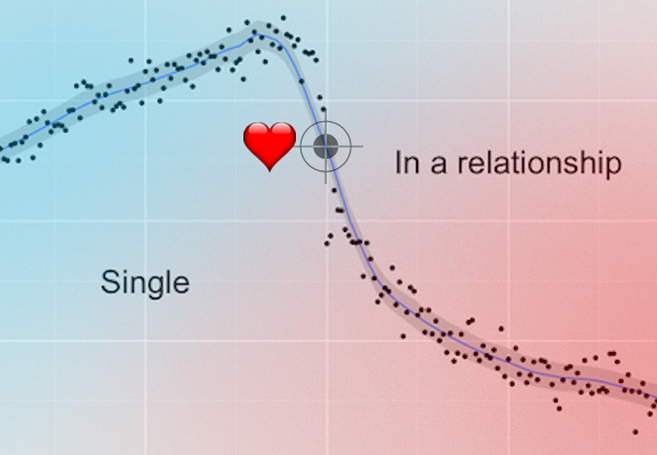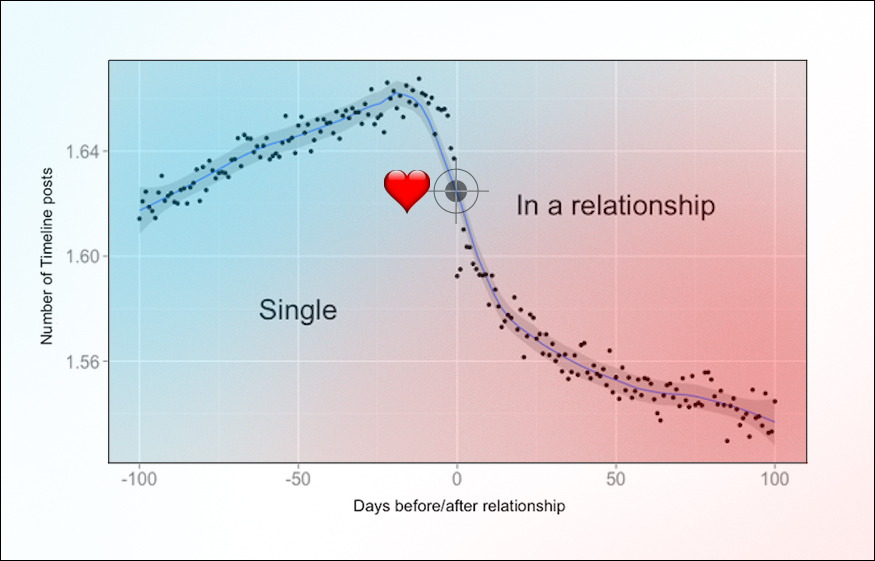In his fascinating book The Power Of Habit, Charles Duhigg of The New York Times tells a brilliant story in the chapter “How Target Knows What You Want Before You Do”. He explains how in 2002 Target hired a data expert by the name of Andrew Pole to see if he could analyze the company’s data to determine which customers are pregnant: “Pregnant women and new parents, after all, are the holy grail of retail. There is almost no more profitable, product hungry, price-insensitive group in existence. It’s not just diapers and wipes. People with infants are so tired that they’ll buy everything they need — juice and toilet paper, socks and magazines — wherever they purchase their bottles and formula. What’s more, if a new parent starts shopping at Target they’ll keep coming back for years.”
Andrew Pole did successfully create a data analysis algorithm which examined an ingenious set of data points related to specific things individual Target customers were buying. This allowed Target to blitz their flyers and coupons to exact addresses where they suspected a customer was pregnant — in some cases before the customer even knew herself. In one disturbing case, a man walked into Target with his teenage daughter and demanded why the company was sending so much baby-related material to him and his daughter all of the sudden. The father was furious, and the manager apologized. What the father didn’t know was that Target had figured out his daughter was indeed pregnant. She confessed to her father a few days later. The father soon returned to the store to apologize to the manager in person.
Welcome to life in 2013 — where every single click, purchase, and online move we make is analyzed to discover patterns about who we are, what makes us tick, and what is about to happen to us before we even know ourselves. Recently, one of Facebook’s data scientists let us into their top secret labs where they revealed just one of the countless data patterns they watch for — this one in particular being related to the data pattern that occurs when couples are on the verge of falling madly in love. Facebook data analyst Carlos Diuk writes: “We observe a peak of 1.67 posts per day 12 days before the relationship begins (the ‘0’ line represents the day when the couple makes their relationship status official), and a lowest point of 1.53 posts per day 85 days into the relationship. Presumably, couples decide to spend more time together, courtship is off, and online interactions give way to more interactions in the physical world.”
As the relationship moves forward, the couples are observed to make fewer and fewer posts, but the positive content/nature of the posts increases significantly. Diuk adds: ” the content of the interactions gets sweeter and more positive. [Through the use of] statistical methods to automatically analyze a set of aggregated, anonymized timeline interactions […] we counted the proportion of words expressing positive emotions (like ‘love’, ‘nice’, ‘happy’, etc.) minus the proportion of words expressing negative ones (like ‘hate’, ‘hurt’, ‘bad’, etc.).” You can read Diuk’s entire explanation at Facebook.com. For more FEELguide stories about Big Data be sure to visit Big Data on FEELguide. Facebook has yet to discover an set of data points which predict a couple’s long-term success rate, but you can read more about the scientific and anthropological analysis of whether or not monogamy is a natural human state by reading: Is Monogamy A Natural State For Humans? We Finally Have A Scientific & Anthropological Answer.
SEE ALSO: Forbes Explains The Terrifying Reason Why You Should NEVER Give A Store Your Zip Code
SEE ALSO: Pew Research Center Discovers Data Is Replacing Religion In Youth Culture And 18-49 Demographic
SEE ALSO: An Infernal Machine Of Humanity: Jonathan Franzen Explains How The Web Is Destroying Culture
SEE ALSO: Charlie Rose Talks To My Hot Future Husband Jeffrey Hammerbacher On The Power & Science Of Big Data
SEE ALSO: Watch Max Levchin Explain How He’s Revolutionizing Fertility & Pregnancy With Astonishing GLOW™ App
.



